Home>Furniture & Design>Bathroom Accessories>How To Clean Bath Toys With Bleach
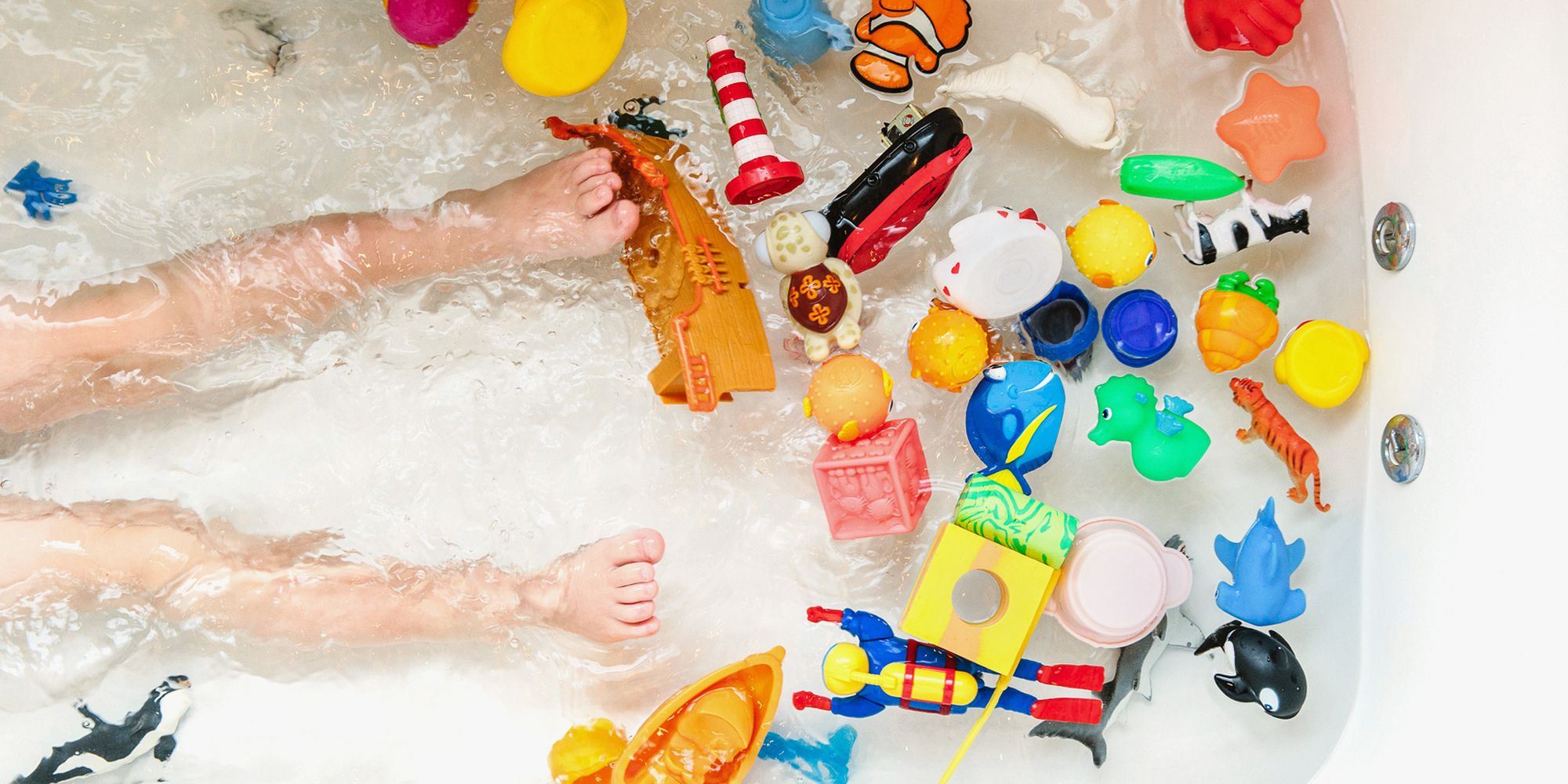

Bathroom Accessories
How To Clean Bath Toys With Bleach
Modified: August 28, 2024
Learn how to effectively clean bath toys with bleach to keep your bathroom accessories germ-free and safe for your little ones. Follow our simple steps for a sparkling clean result!
(Many of the links in this article redirect to a specific reviewed product. Your purchase of these products through affiliate links helps to generate commission for Storables.com, at no extra cost. Learn more)
Introduction
Cleaning bath toys is an essential part of maintaining a hygienic and safe bathroom environment, especially for families with young children. Bath toys are constantly exposed to water, soap scum, and other residues, creating a breeding ground for mold, mildew, and bacteria. As a result, regular cleaning is crucial to prevent potential health hazards and ensure the longevity of these beloved playthings.
In this comprehensive guide, we will delve into the effective use of bleach as a cleaning agent for bath toys. While there are various methods for cleaning bath toys, using bleach is a powerful and reliable approach to eliminate germs and maintain a sanitary play environment for children. We will explore the reasons for using bleach, safety precautions to consider, step-by-step instructions for cleaning bath toys with bleach, and alternative cleaning methods for those who prefer to avoid harsh chemicals.
By the end of this guide, you will have a thorough understanding of how to effectively clean bath toys with bleach, empowering you to uphold a clean and safe environment for your little ones. Let's embark on this journey to discover the best practices for maintaining pristine bath toys and promoting a healthy bathing experience for your children.
Key Takeaways:
- Keep bath toys clean with bleach for a germ-free playtime. Dilute, soak, rinse, and air dry for a safe and hygienic environment.
- Prefer natural? Try vinegar, baking soda, hot water, or steam for eco-friendly bath toy cleaning. Keep kids safe and happy!
Read more: How To Clean Squirty Bath Toys
Why Use Bleach to Clean Bath Toys
Bleach is a powerful disinfectant that effectively kills a wide range of bacteria, viruses, and fungi. When it comes to cleaning bath toys, especially those that come into contact with water and are prone to mold and mildew, bleach offers unparalleled germ-killing properties. Here are the key reasons why using bleach to clean bath toys is highly effective:
-
Effective Disinfection: Bleach is known for its exceptional disinfecting properties. It can eliminate harmful pathogens, including E. coli, salmonella, and staphylococcus, which may thrive on bath toys due to the moist environment. By using bleach, you can effectively sanitize bath toys and reduce the risk of infections caused by these microorganisms.
-
Mold and Mildew Removal: Bath toys are susceptible to mold and mildew growth due to their constant exposure to moisture. Bleach is highly effective in eradicating mold and mildew, preventing their unsightly presence and the potential health risks associated with these fungi.
-
Versatility: Bleach can be used on various types of bath toys, including plastic, rubber, and silicone. Its versatility makes it a convenient choice for cleaning a wide range of bath toys without the need for multiple cleaning products.
-
Affordability: Bleach is a cost-effective cleaning solution. A small amount of bleach can be diluted with water to create an effective cleaning solution, making it an economical choice for maintaining bath toys' cleanliness.
-
Time Efficiency: With its potent disinfecting properties, bleach offers a quick and efficient way to clean bath toys. This is particularly beneficial for busy parents who seek a convenient and rapid cleaning solution.
-
Prevention of Cross-Contamination: Bath toys are often shared among children during bath time, increasing the risk of cross-contamination. Using bleach to clean bath toys helps prevent the spread of germs and illnesses among siblings or playmates.
In summary, the use of bleach to clean bath toys is driven by its exceptional disinfecting capabilities, effectiveness in mold and mildew removal, versatility, affordability, time efficiency, and its role in preventing cross-contamination. These factors collectively make bleach a compelling choice for maintaining the cleanliness and safety of bath toys, ensuring a hygienic and enjoyable bathing experience for children.
Safety Precautions
When using bleach to clean bath toys, it is crucial to prioritize safety to protect both the individuals involved in the cleaning process and the integrity of the bath toys. Bleach is a potent chemical that requires careful handling and adherence to safety precautions to prevent potential hazards. Here are essential safety measures to consider when cleaning bath toys with bleach:
-
Dilution: Always dilute bleach with water according to the recommended ratio provided on the product label. Typically, a solution of one tablespoon of bleach per gallon of water is suitable for cleaning bath toys. Using undiluted bleach can be too harsh and may damage the toys or pose a risk of skin irritation upon contact.
-
Ventilation: Ensure adequate ventilation in the cleaning area to prevent the inhalation of bleach fumes. Open windows and doors to allow fresh air to circulate, reducing the concentration of fumes and minimizing respiratory irritation.
-
Protective Gear: When handling bleach, especially during the dilution process, wear protective gear such as gloves and a mask to shield the skin and respiratory system from potential exposure to the chemical.
-
Avoid Mixing: Never mix bleach with other cleaning products, particularly those containing ammonia or acids, as this can produce toxic fumes that are harmful when inhaled. Use bleach independently and store it away from other cleaning agents.
-
Contact Time: Allow the diluted bleach solution to come into contact with the bath toys for the recommended duration, typically around 5-10 minutes, to ensure effective disinfection. Avoid prolonged exposure to the bleach solution to prevent damage to the toys' material.
-
Rinsing Thoroughly: After the designated contact time, thoroughly rinse the bath toys with water to remove any residual bleach. This step is crucial to eliminate any traces of bleach that could potentially come into contact with children during playtime.
-
Storage: Store bleach and the diluted solution in a secure location, out of reach of children and pets, to prevent accidental ingestion or exposure.
-
Labeling: If the diluted bleach solution is stored in a separate container, clearly label it as "Diluted Bleach" to avoid confusion and accidental misuse.
By adhering to these safety precautions, you can effectively harness the disinfecting power of bleach while minimizing potential risks associated with its use. Prioritizing safety ensures a secure and controlled cleaning process, safeguarding both the individuals involved and the bath toys themselves.
Steps to Clean Bath Toys with Bleach
Cleaning bath toys with bleach is a straightforward process that effectively eliminates germs, mold, and mildew, ensuring a hygienic play environment for children. By following these step-by-step instructions, you can confidently utilize the disinfecting power of bleach to maintain the cleanliness and safety of bath toys.
-
Prepare the Bleach Solution: Begin by diluting bleach with water in a well-ventilated area. Follow the recommended ratio provided on the bleach product label, typically one tablespoon of bleach per gallon of water. This dilution ensures that the bleach solution is potent enough to disinfect the bath toys while minimizing the risk of damage or skin irritation.
-
Submerge the Bath Toys: Place the bath toys in a basin or container large enough to accommodate them. Submerge the toys in the prepared bleach solution, ensuring that they are fully immersed. Allow the toys to soak for the recommended contact time, typically around 5-10 minutes, to effectively eliminate germs, mold, and mildew.
-
Agitate the Toys: Gently agitate the bath toys in the bleach solution to ensure that all surfaces come into contact with the disinfecting solution. This step helps to dislodge any accumulated grime or residue, allowing the bleach to penetrate and sanitize the entire surface of the toys.
-
Rinse Thoroughly: After the designated contact time has elapsed, remove the bath toys from the bleach solution. Thoroughly rinse each toy under running water to remove any residual bleach. Ensure that all traces of the bleach solution are completely washed away to prevent potential skin irritation or ingestion during playtime.
-
Air Dry the Toys: Place the rinsed bath toys on a clean towel or drying rack to air dry completely. Ensure that the toys are placed in a well-ventilated area away from direct sunlight. Allowing the toys to air dry thoroughly helps to eliminate any remaining moisture, preventing the potential re-growth of mold and mildew.
-
Inspect and Store: Once the bath toys are dry, inspect them for any lingering residue or signs of damage. Ensure that no traces of bleach are present on the toys. Once confirmed, store the clean and dry bath toys in a designated storage area, ready for the next bath time adventure.
By following these simple yet effective steps, you can harness the disinfecting power of bleach to clean bath toys thoroughly. This process not only eliminates germs, mold, and mildew but also contributes to maintaining a safe and hygienic environment for children's play. Regular cleaning with bleach ensures that bath toys remain a source of joy and entertainment without compromising on cleanliness and safety.
Alternative Methods for Cleaning Bath Toys
While bleach is a potent disinfectant and an effective cleaning agent for bath toys, some individuals may prefer alternative methods that do not involve harsh chemicals. Fortunately, there are several alternative approaches to cleaning bath toys, catering to diverse preferences and priorities. These methods prioritize natural and eco-friendly solutions, making them suitable for families seeking non-toxic cleaning options. Here are alternative methods for cleaning bath toys:
Read more: How To Clean Out Bath Toys
Vinegar Solution
A vinegar solution is a popular natural alternative for cleaning bath toys. White vinegar, known for its mild acidity and antimicrobial properties, can effectively combat mold, mildew, and bacteria. To utilize this method, create a solution of equal parts white vinegar and water. Submerge the bath toys in the vinegar solution for approximately 15-20 minutes, allowing the acidity to disinfect and cleanse the toys. After soaking, thoroughly rinse the toys with water and air dry them. The vinegar solution offers a gentle yet effective approach to cleaning bath toys without the use of harsh chemicals.
Baking Soda Scrub
Baking soda, renowned for its mild abrasive and deodorizing properties, can be used to scrub and clean bath toys. Create a paste by mixing baking soda with water to form a thick consistency. Apply the paste to a sponge or brush and gently scrub the bath toys to remove grime, soap scum, and other residues. The mild abrasive nature of baking soda helps to lift dirt and stains without causing damage to the toys' surfaces. After scrubbing, rinse the toys thoroughly with water and allow them to air dry. The baking soda scrub offers a natural and safe method for cleaning bath toys, particularly suitable for families seeking non-toxic cleaning alternatives.
Hot Water Soak
A simple yet effective method for cleaning bath toys involves using hot water to sanitize and cleanse the toys. Submerge the bath toys in hot water, ensuring that the temperature is sufficiently high to eliminate germs and bacteria. Allow the toys to soak for an extended period, typically around 30 minutes, to ensure thorough disinfection. After soaking, rinse the toys with cold water and air dry them. The hot water soak method provides a chemical-free approach to cleaning bath toys, relying on the disinfecting power of heat to maintain cleanliness.
Steam Cleaning
For families with access to a steam cleaner, utilizing steam is an eco-friendly and efficient method for cleaning bath toys. Steam effectively penetrates and disinfects the surfaces of bath toys, eliminating germs, mold, and mildew without the use of chemicals. Simply use a handheld steam cleaner to treat the bath toys, ensuring that all surfaces are thoroughly exposed to the steam. After steaming, wipe the toys with a clean cloth and allow them to air dry. Steam cleaning offers a natural and non-toxic approach to sanitizing bath toys, making it an ideal choice for environmentally conscious individuals.
In summary, these alternative methods for cleaning bath toys provide natural, non-toxic, and eco-friendly solutions for maintaining cleanliness and hygiene. Whether utilizing vinegar, baking soda, hot water, or steam, these methods offer effective alternatives to bleach, catering to diverse preferences and promoting a safe bathing environment for children.
Mix 3/4 cup of bleach with 1 gallon of water. Soak the bath toys for 5 minutes, then scrub with a brush. Rinse thoroughly and air dry.
Read more: How To Clean Bath Toys In The Dishwasher
Conclusion
In conclusion, maintaining clean and hygienic bath toys is essential for promoting a safe and enjoyable bathing experience for children. The use of bleach as a cleaning agent offers unparalleled disinfecting power, effectively eliminating germs, mold, and mildew. Its versatility, affordability, and time efficiency make it a compelling choice for busy parents seeking a convenient and potent cleaning solution.
However, it is crucial to prioritize safety when using bleach to clean bath toys. Adhering to safety precautions, such as proper dilution, ventilation, protective gear, and thorough rinsing, ensures a secure cleaning process while minimizing potential risks associated with the chemical.
For individuals who prefer non-toxic and eco-friendly cleaning alternatives, methods such as vinegar solution, baking soda scrub, hot water soak, and steam cleaning offer effective options for maintaining bath toy cleanliness without the use of harsh chemicals.
By following the step-by-step instructions for cleaning bath toys with bleach or exploring alternative cleaning methods, parents and caregivers can uphold a hygienic play environment, safeguarding children from potential health hazards associated with dirty or contaminated toys.
Ultimately, whether opting for bleach or alternative cleaning methods, the overarching goal remains the same: to ensure that bath toys are thoroughly sanitized, free from harmful pathogens, and ready to provide endless fun and entertainment during bath time. Regular cleaning and maintenance not only prolong the lifespan of bath toys but also contribute to a healthy and safe environment for children to play and explore.
By integrating these cleaning practices into regular household routines, families can instill good hygiene habits in children while fostering a clean and nurturing environment for their growth and development. With the knowledge and understanding of effective cleaning methods, parents can confidently prioritize the cleanliness and safety of bath toys, creating a positive and hygienic bathing experience for their little ones.
Frequently Asked Questions about How To Clean Bath Toys With Bleach
Was this page helpful?
At Storables.com, we guarantee accurate and reliable information. Our content, validated by Expert Board Contributors, is crafted following stringent Editorial Policies. We're committed to providing you with well-researched, expert-backed insights for all your informational needs.
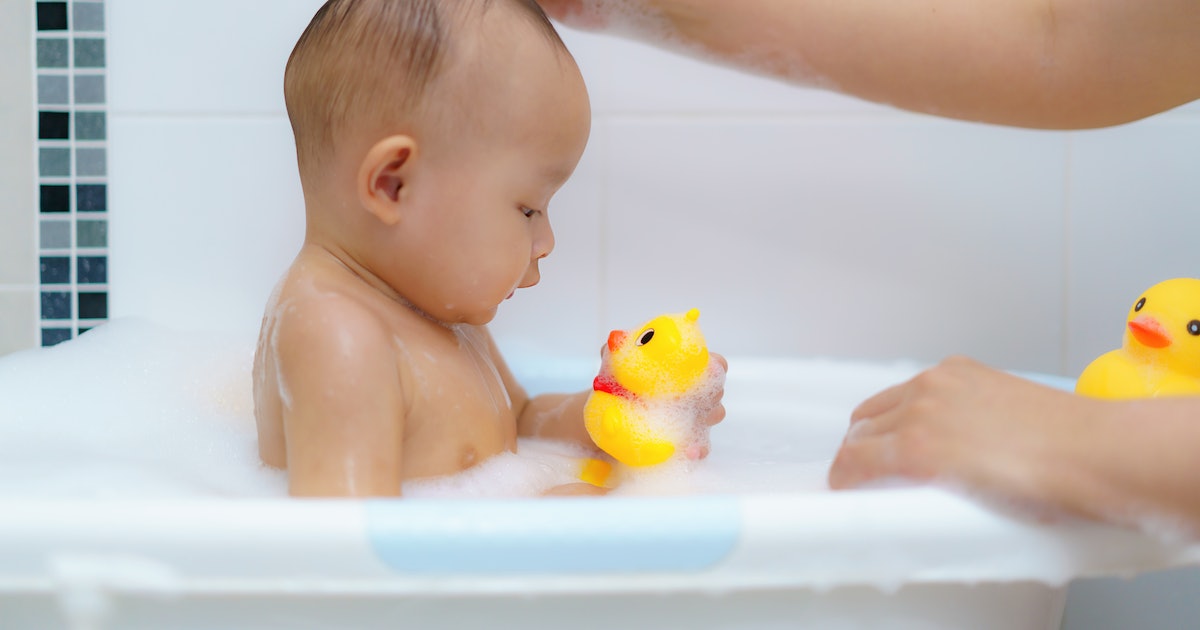

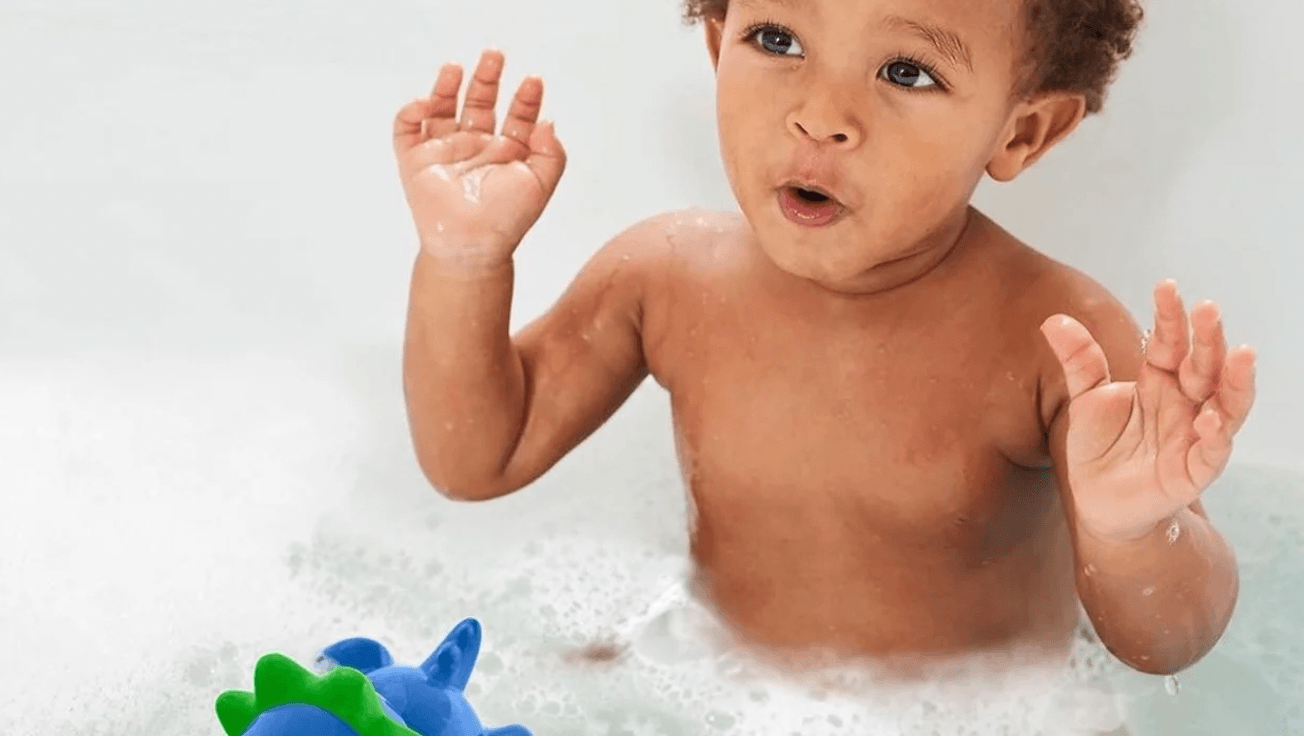
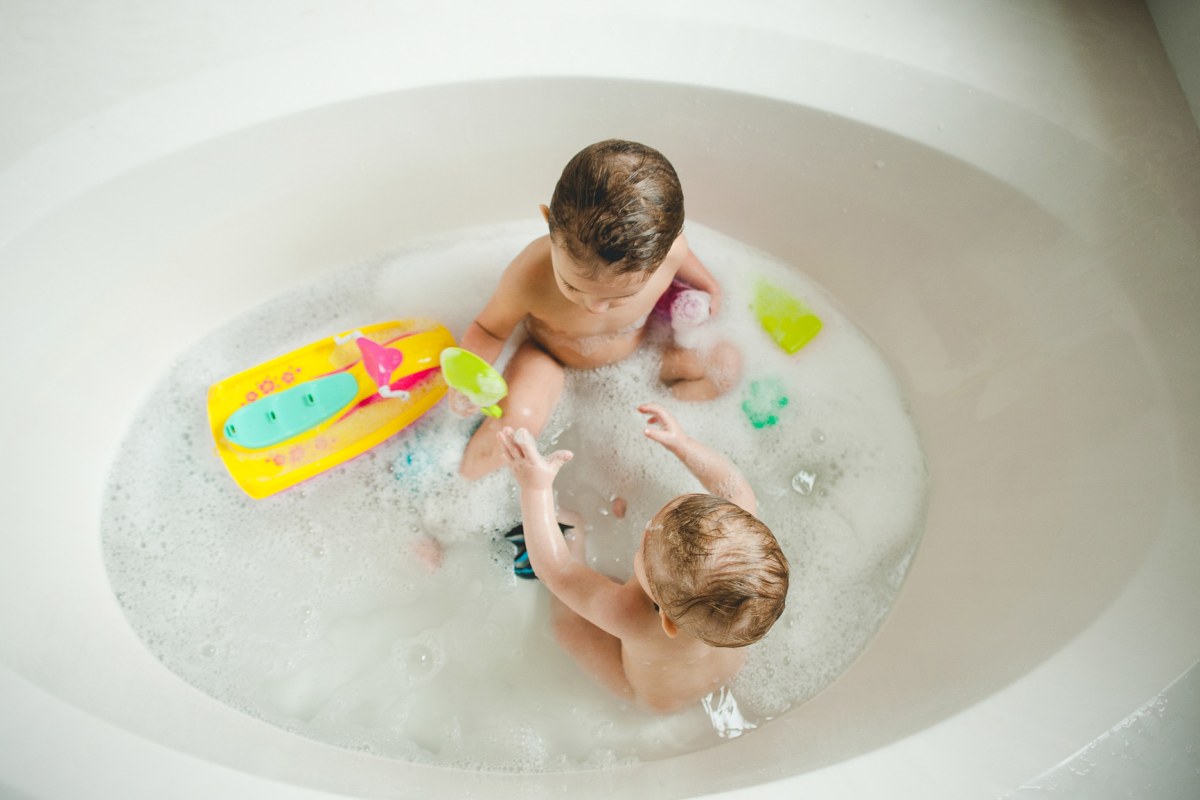
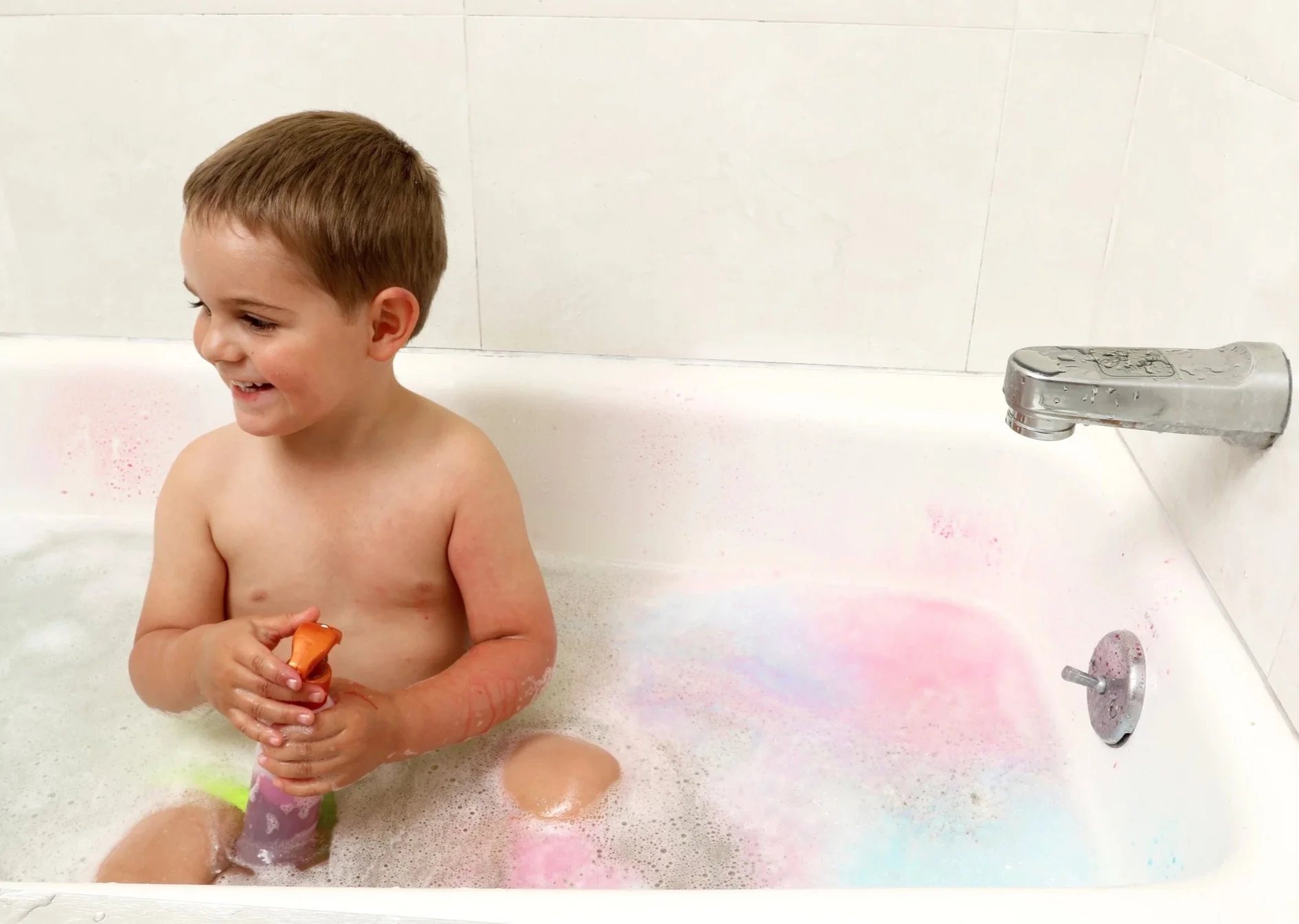
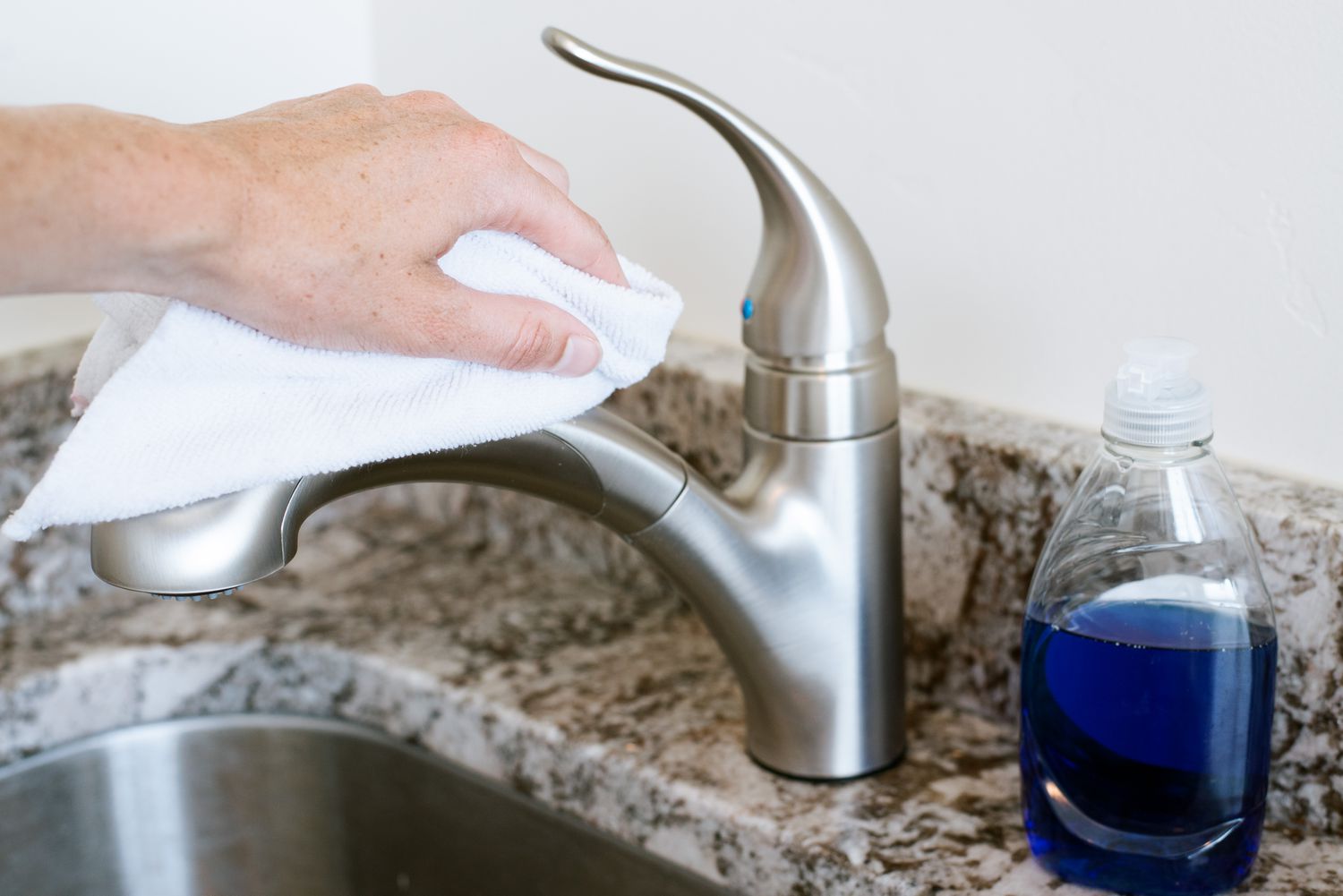
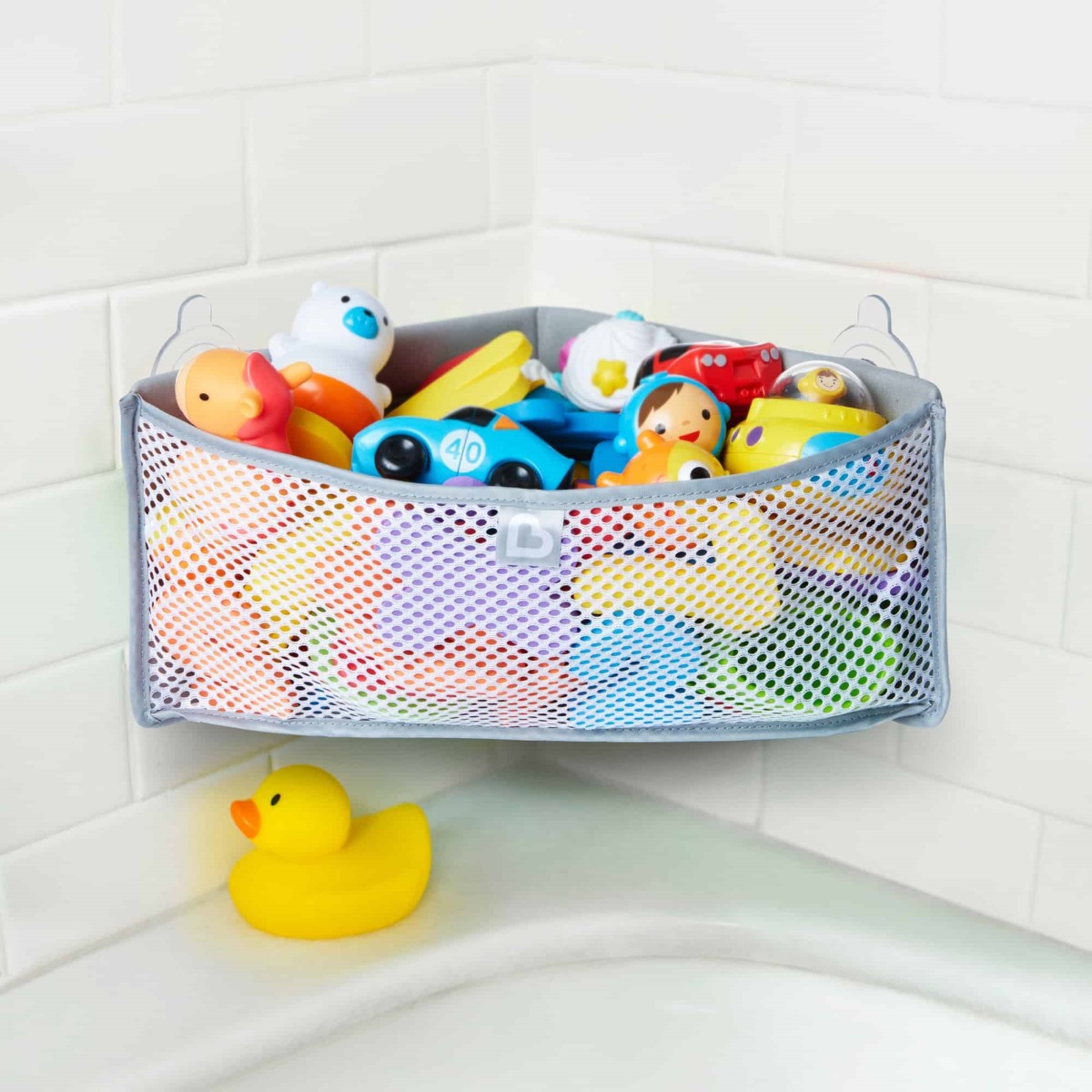
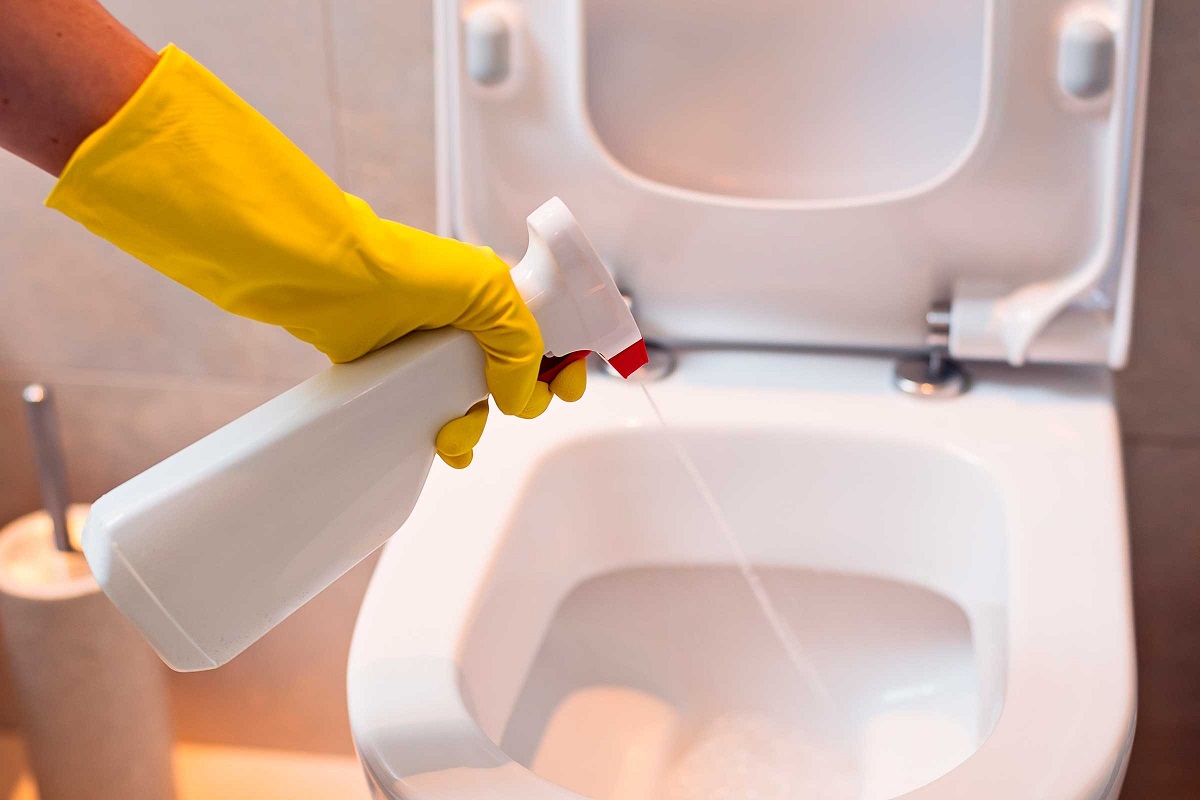
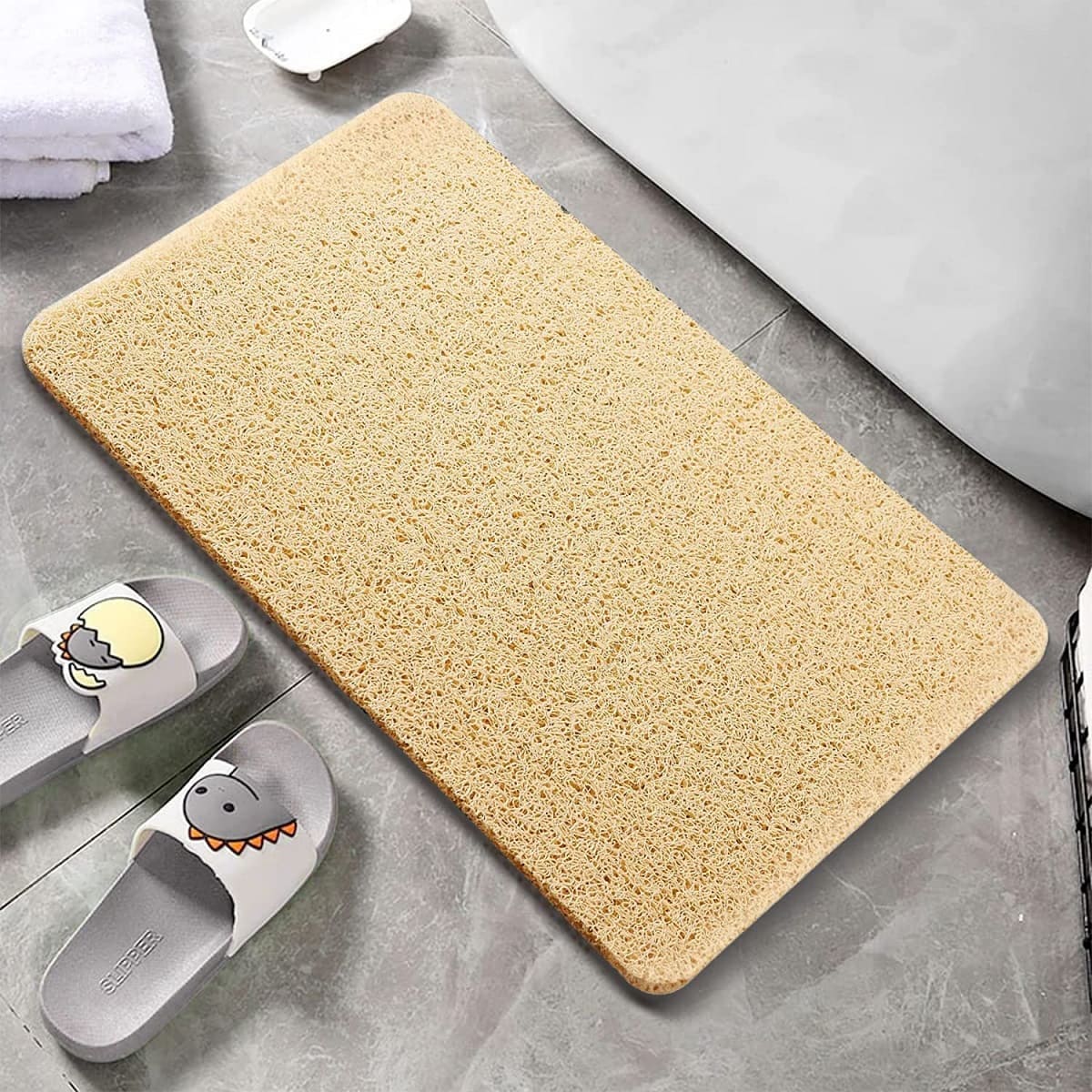
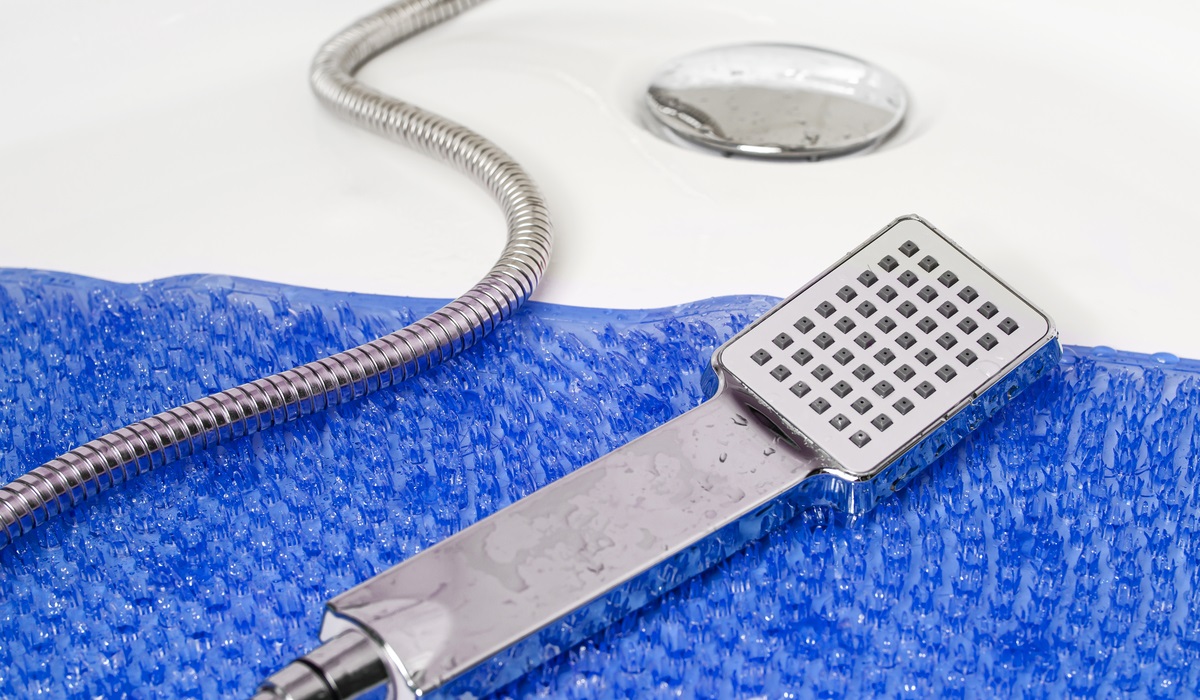
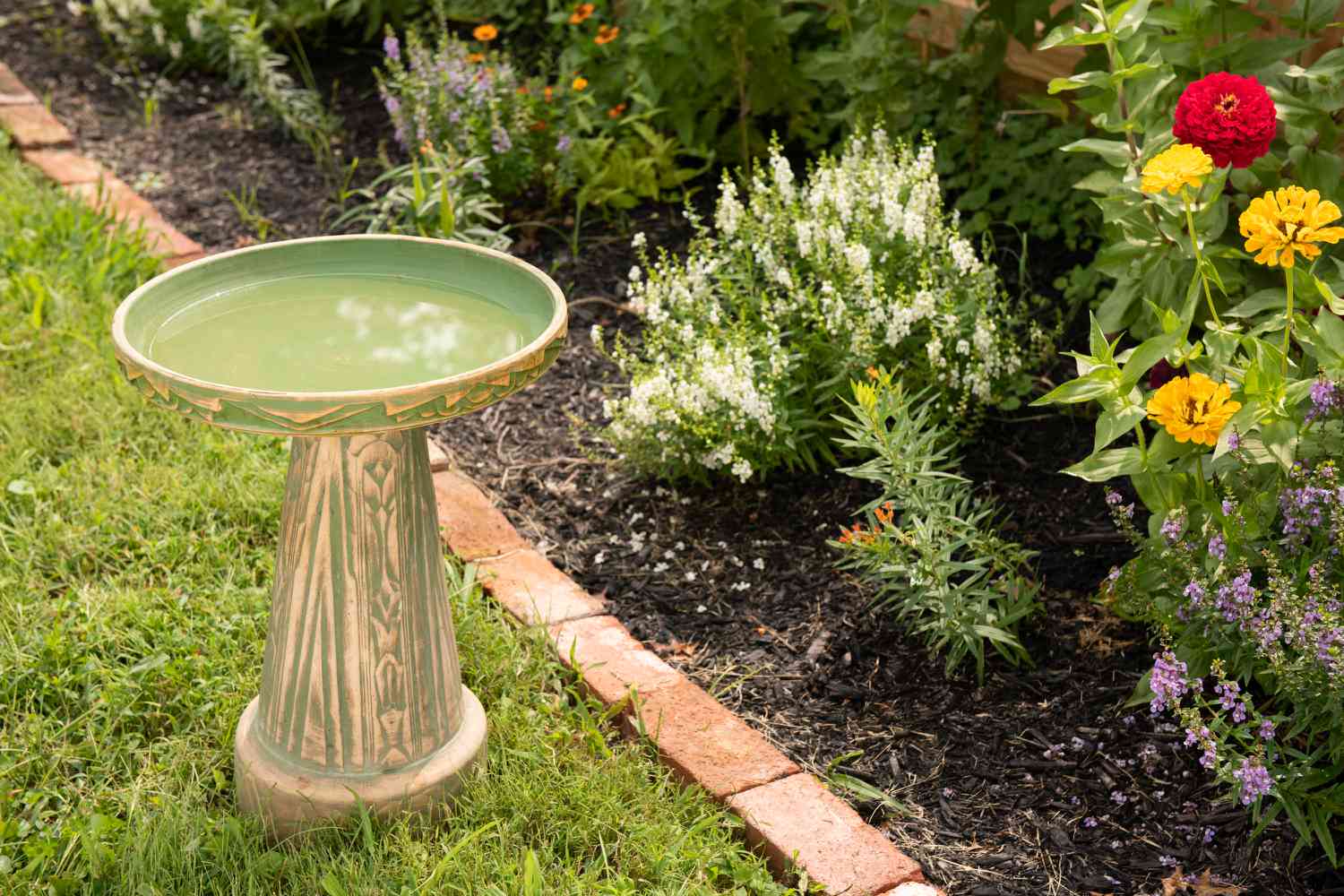
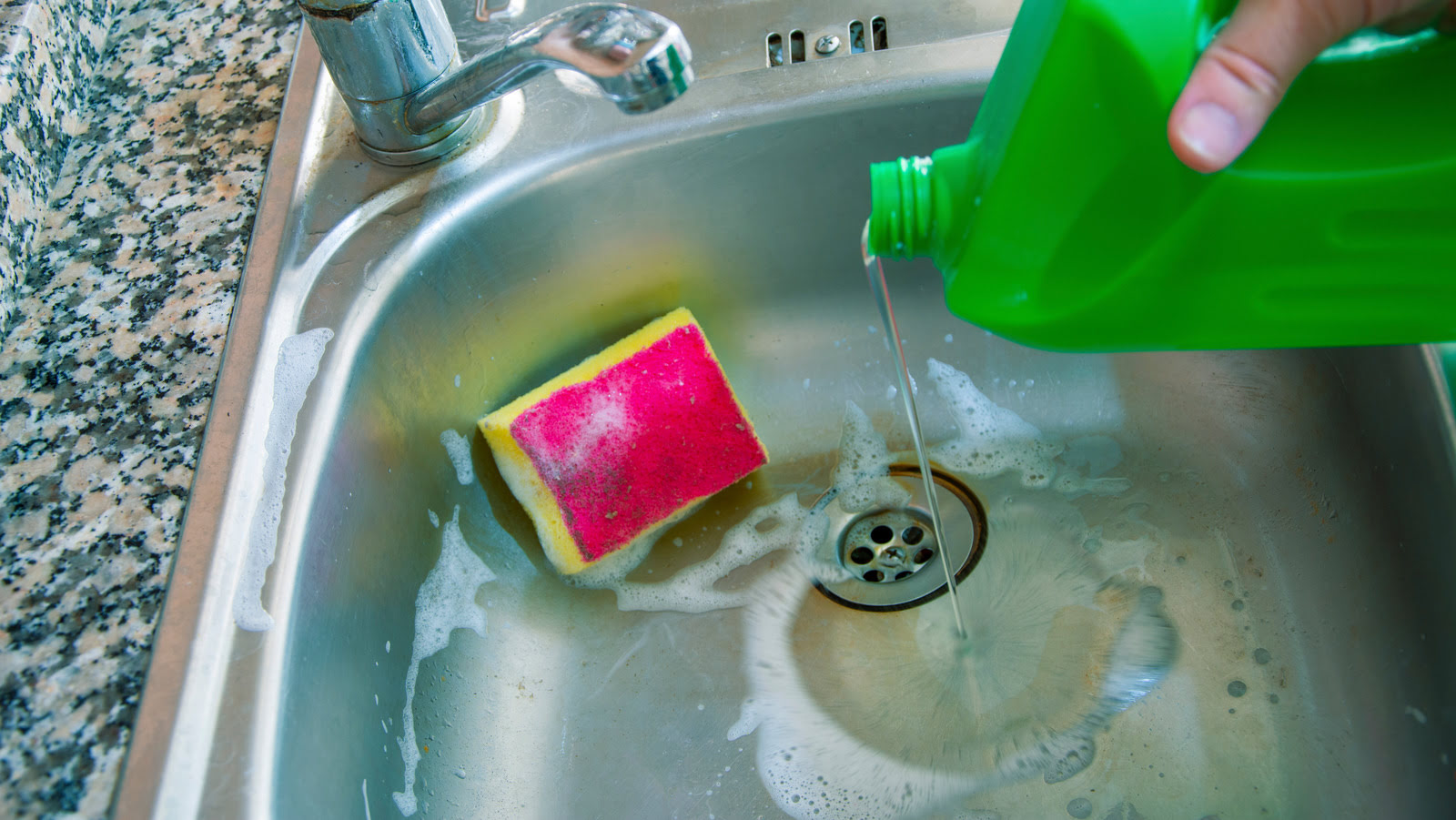
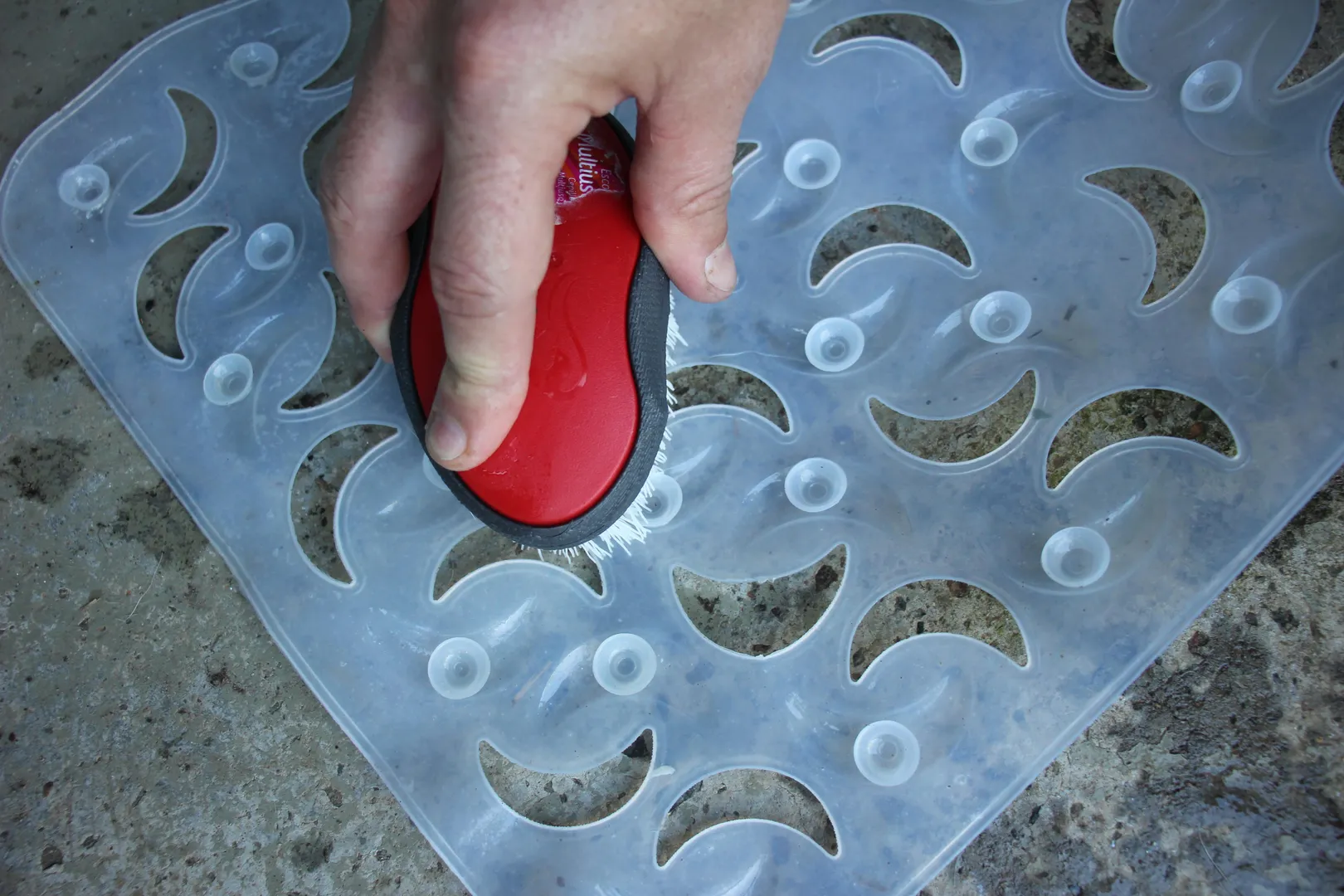

0 thoughts on “How To Clean Bath Toys With Bleach”